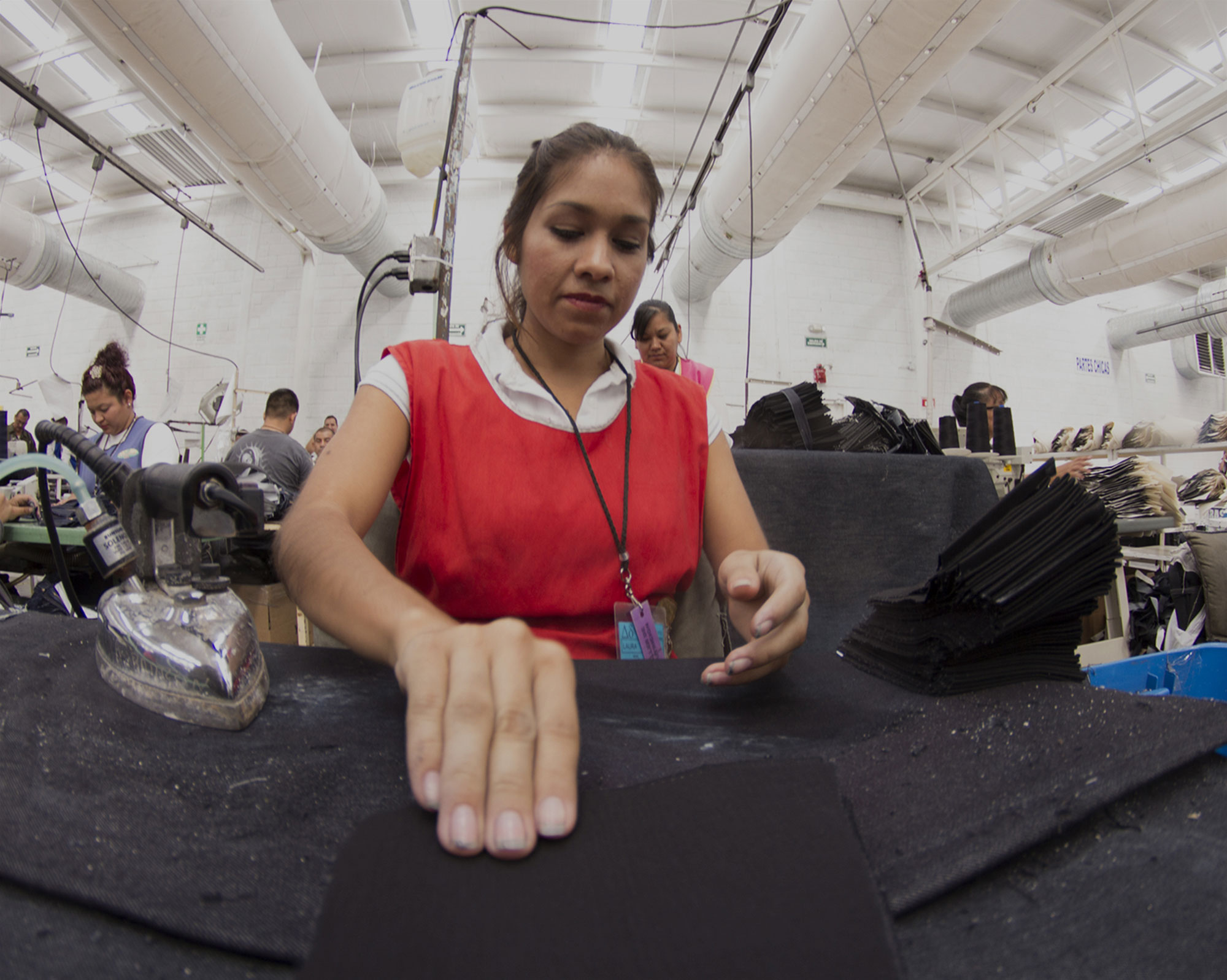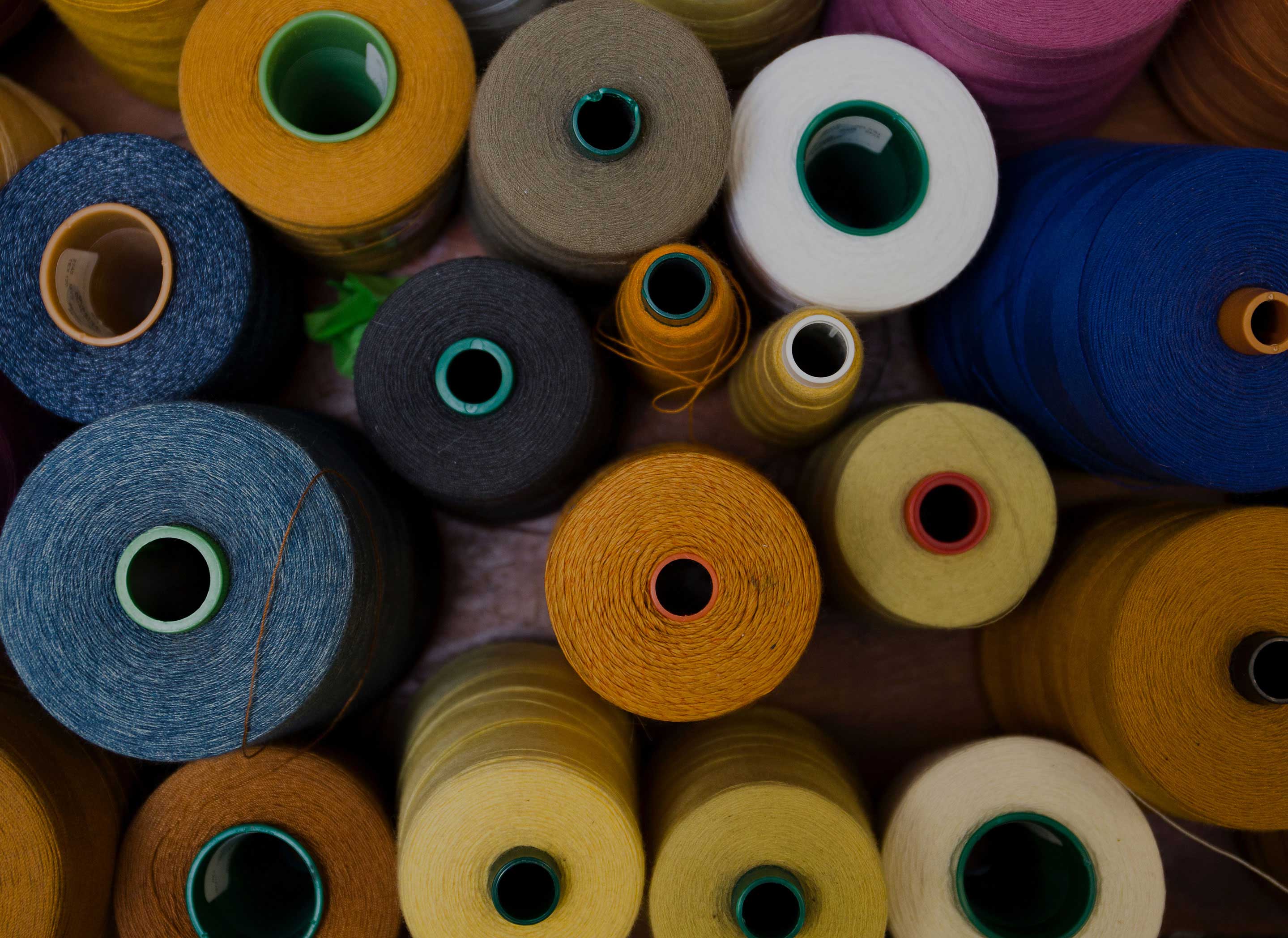Our products are the sum of their materials. What they are and how we use them matters greatly.
Roughly 91 percent of our products are cotton-based, so the sustainability of our cotton supply is critical to our business. We don’t grow cotton ourselves, but given how much we use, we have a stake in how that cotton is grown and how it impacts the places where it is planted.
We work with farmers who grow cotton more sustainably, reducing water and chemical use and increasing yields. We’re committed to reaching our goal to source 100 more sustainable cotton across our operations, and we are well on our way to making that happen.
We think about other natural fibers and synthetics in the same way, striving to source responsibly, with the smallest possible footprint, and looking to innovate wherever possible to introduce more sustainable fabrics and fiber strategies into our supply chain.
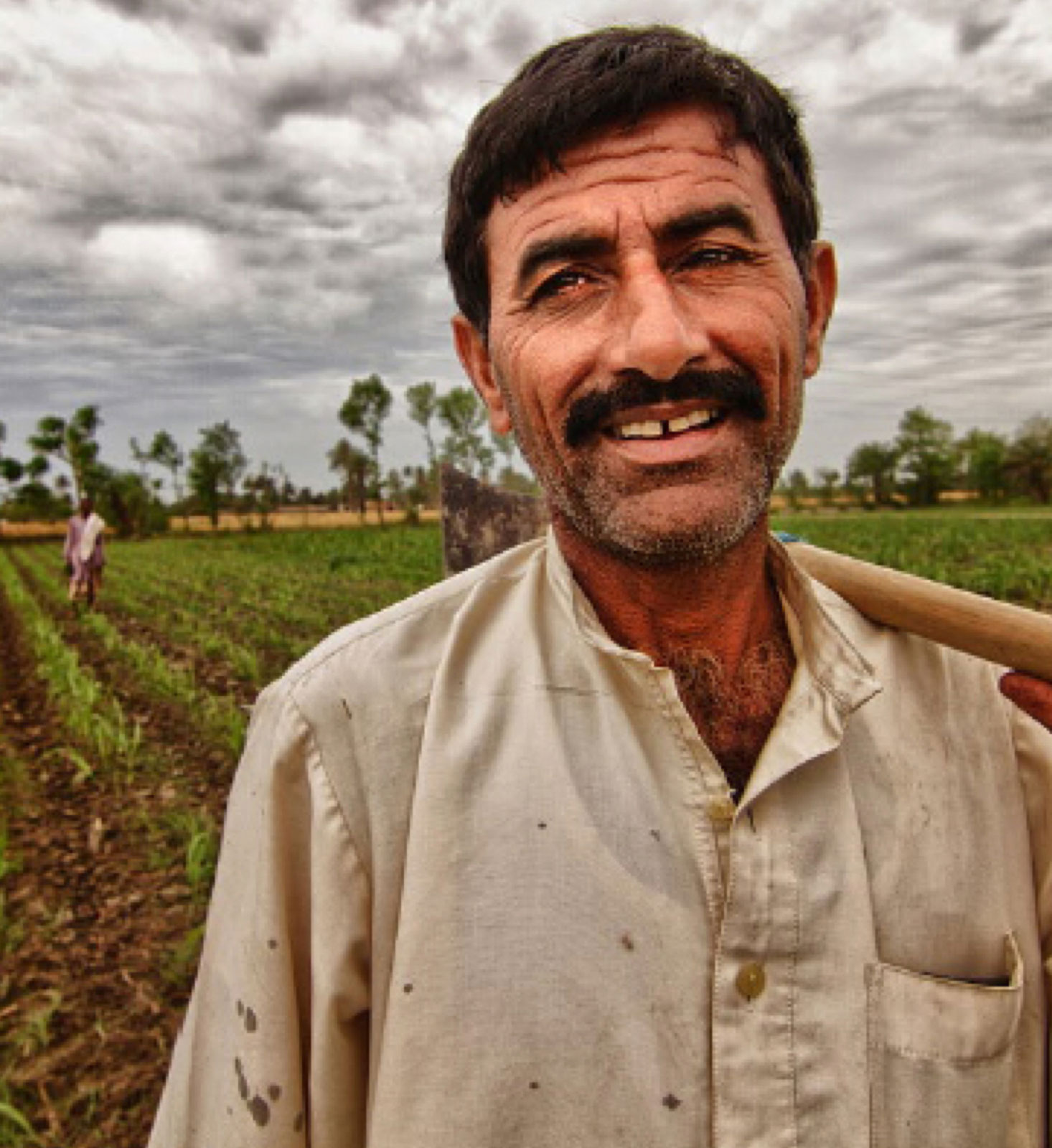

Water
Sixty-eight percent of the water used for a pair of jeans comes from growing cotton.
Our Plan
By moving to more sustainable sources of cotton and continuing to pioneer alternative fiber strategies, like hemp, we can reduce our water footprint.
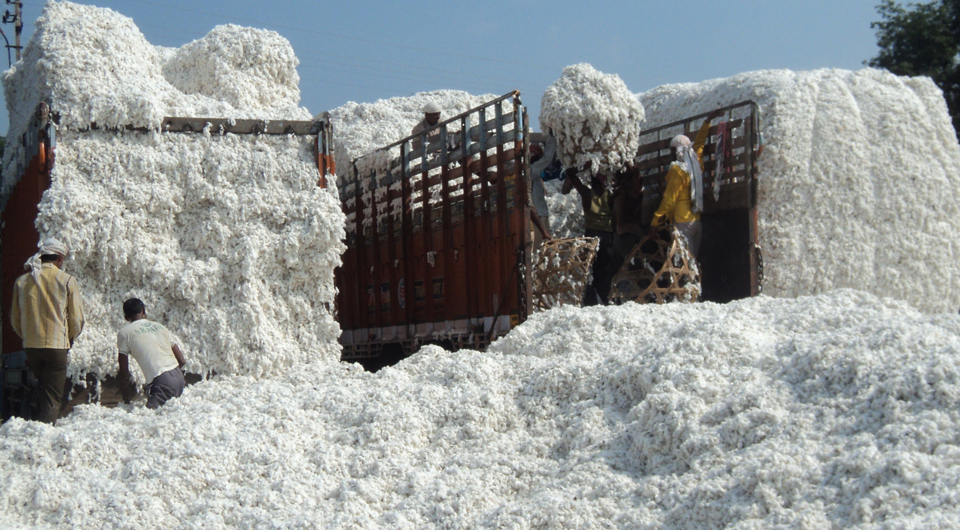
Climate
Cotton cultivation represents 10 percent of carbon emissions across our total value chain.
Our Plan
Continue to move towards sourcing all our cotton from more sustainable sources, including organic and recycled cotton, while scaling use of alternative fibers such as hemp.
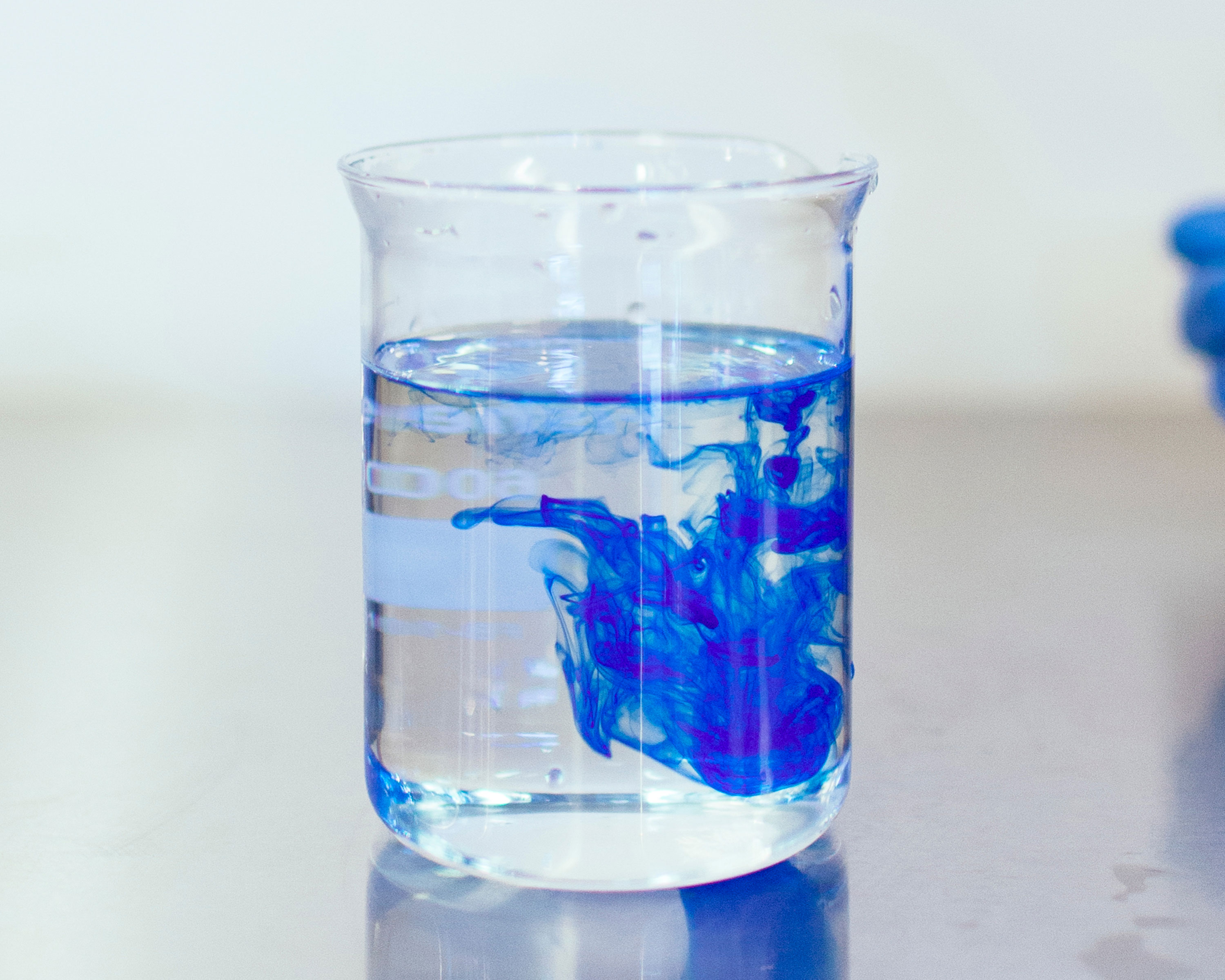
Chemicals
Traditional cotton growing methods involve large quantities of fertilizer and pesticides.
Our Plan
Work to reduce fertilizer and pesticide use at the earliest stages of the supply chain and work through our own Screened Chemistry program to identify and remove harmful chemical compounds from our processes.
We’re also innovating new fiber and fabric strategies that can lead to more sustainable product with reduced environmental footprints. In 2019, our Wellthread™ line featured the first commercial realization of “cottonized hemp” – rain-fed hemp fiber that requires less water and pesticides to cultivate compared to cotton and that is treated in a way that softens the coarse fiber to make it look and feel indistinguishable from cotton. It is now being used in mainline Levi's® products as well.
Canopy Green ShirtIn 2019, LS&Co. completed the shift of all manmade cellulosics – viscose (rayon), modal, and lyocell – to Canopy “Green Shirt” suppliers that have eliminated or are on track to eliminate sourcing from ancient and endangered forests in 2020. In the same vein we have shifted away from generic viscose (rayon) to traceable viscose and expanded our use of lyocell, such as Lenzing’s Tencel™, which utilizes a process that continually recycles the chemical solvents used to produce the fiber, and also requires less energy and less water than generic viscose.
More Sustainable CottonIn our effort to reduce our material impact and find more sustainable sources of cotton, which comprises 91 percent of the raw materials we use, we work with a number of partners to help farmers find more water-efficient and more productive methods of cotton cultivation. At the end of 2020, 75 percent of our cotton came from more sustainable sources, including the Better Cotton Initiative, organic cotton farms, or recycled cotton suppliers, and we intend to reach 100 percent in the near future, while continuing to diversify our sources.
